Designing South-east Asia
Debuting in September, the large-scale design and furniture fair FIND will feature a special showcase of regional creatives

Helmi Yusof
SOUTH-EAST Asia has one of the most underrated design scenes in the world. But a large-scale international design and furniture fair in Singapore wants to help change that with a special showcase of designers hailing from the region.
Debuting in September, FIND - Design Fair Asia will feature over 500 international brands across a 10,000 sq m space in Marina Bay Sands Expo and Convention Centre. It is co-organised by Fiera Milano, which hosts the world’s biggest furniture trade event Milan Furniture Fair, and dmg events, an event management and trade publishing firm.
FIND’s special showcase called EMERGE @ FIND consists of nearly 60 acclaimed and emerging South-east Asian designers. The section will be curated by Suzy Annetta, founder and editor-in-chief of the magazine Design Anthology, which has been critically spotlighting Asia’s creative and cultural scenes since 2014.
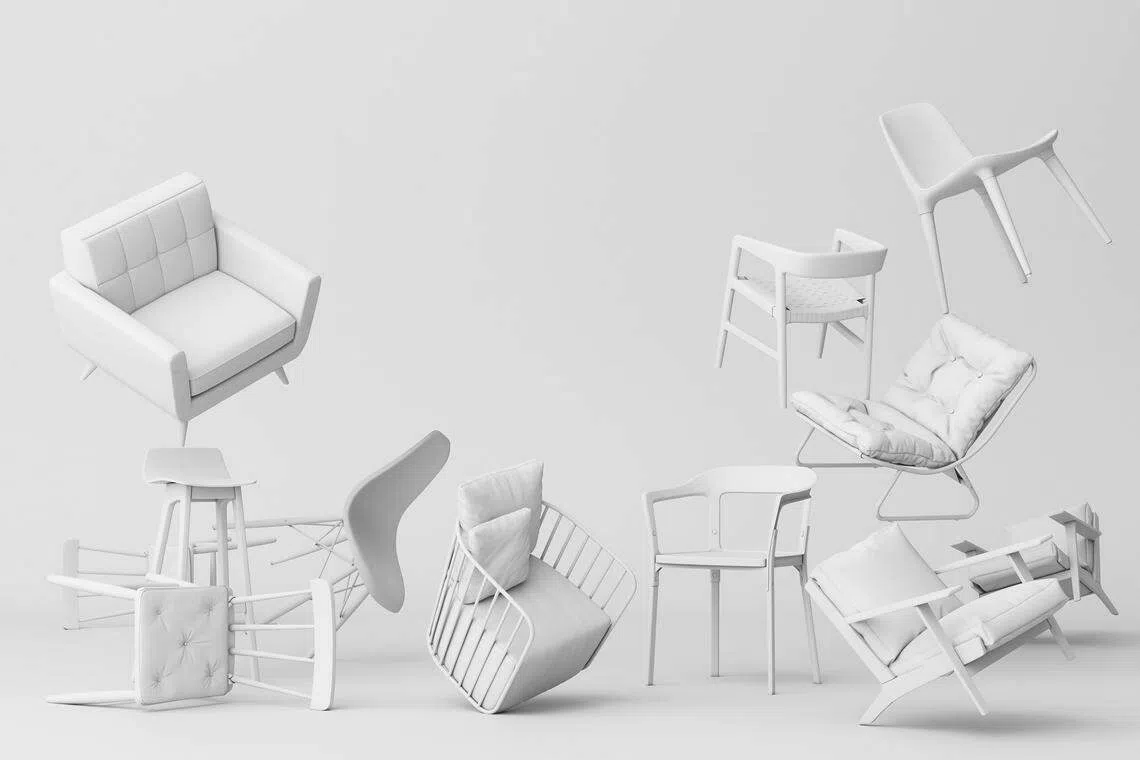
Annetta says: “Historically, South-east Asia has been less appreciated for its design cultures. I imagine that, when many non-Asians think of Asian design, they tend to think of Japan as possibly being the pinnacle of that. But there is actually great talent and diversity in South-east Asia… And with this showcase, we hope that fellow members of the design industry and the wider public will be exposed to not only the artistic sense of these designers, but also to South-east Asia’s rich heritage that is communicated through their work.”
Annetta was based in Hong Kong for several years before moving back to her Melbourne hometown in 2021. She says: “From my firsthand conversations with designers of many disciplines across South-east Asia, there has been some questioning going on as to what a contemporary aesthetic might be from each of these countries. I certainly don’t have the answers to those questions and it’s certainly more complex than just attaching certain materials and processes to certain countries. But I do think it might be more about a feeling and what a culture represents than an actual aesthetic.

“That said, I do find it quite easy to distinguish Asian designers from the south versus the north, because I do think there is still a stronger connection to craft traditions and cultural heritage in the south than in the north. I think younger designers here are really keen to try and revive or support these traditions and bring them into the future.”
She cites the example of Robert Sukrachand, a Thai-American designer who splits his time between Chiang Mai and New York.
Sukrachand says: “The pieces I have been creating recently are rooted in Thai culture through our collaborations with artisans who have inherited their craft techniques from previous generations. For example, the Ban Pa Ao brass casting community in Ubon Ratchathani, Thailand, has been practising an ancient form of lost wax casting for over 6 generations. Their techniques are notable through the use of handmade cow dung and termite clay molds, as well as a special blend of beeswax with local tree resins. My work with this community stays faithful to their original materials and techniques, and takes inspiration from the unique design opportunities they offer.”
Annetta says that in all her years of travelling and writing on design, she has never seen this method of brass casting used anywhere else in the world.
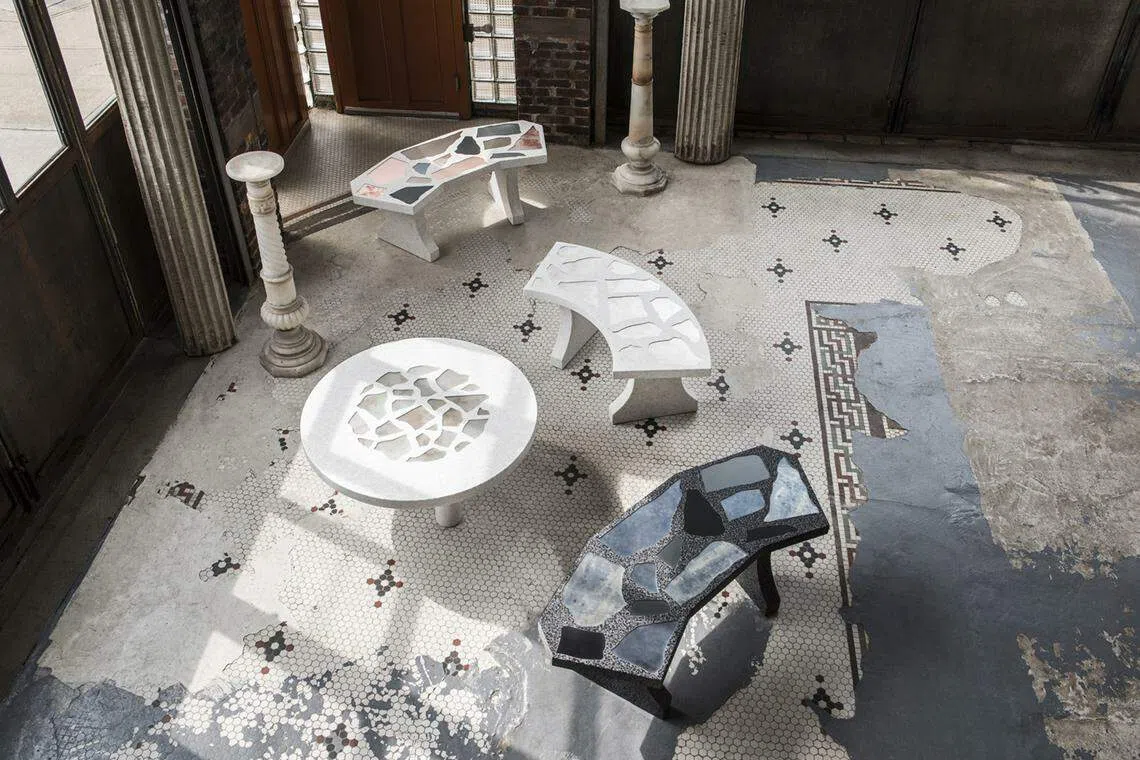
So how can South-east Asia designers punch above their weight?
Annetta says: “You could look in a magazine, see an apartment and go: ‘Oh, those pieces are from Milan – or Paris – or Copenhagen. They’re easy to identify because Italian, French and Scandinavian furniture have a certain look. I think that comes from not only good design but also a certain confidence that each of these design communities have – like the kind of confidence you might find in people who know who they are and are true to themselves.
“I can only hope that given time, designers from underrepresented countries have the kind of confidence to put forward something that’s quite different from what you normally see. When there is a bit of a groundswell, with one or two names that break through and get some exposure internationally, that’s when the world starts paying attention to see what else that country has to offer... But I know that’s easier said than done, that it requires a lot of consistent marketing and promotion to get it out there, and that there’s always that struggle between what a designer wants to do philosophically and what they have to deliver in view of commercial realities.”
Five South-east Asian designers to look out for
Alvin Tjitrowirjo from Indonesia
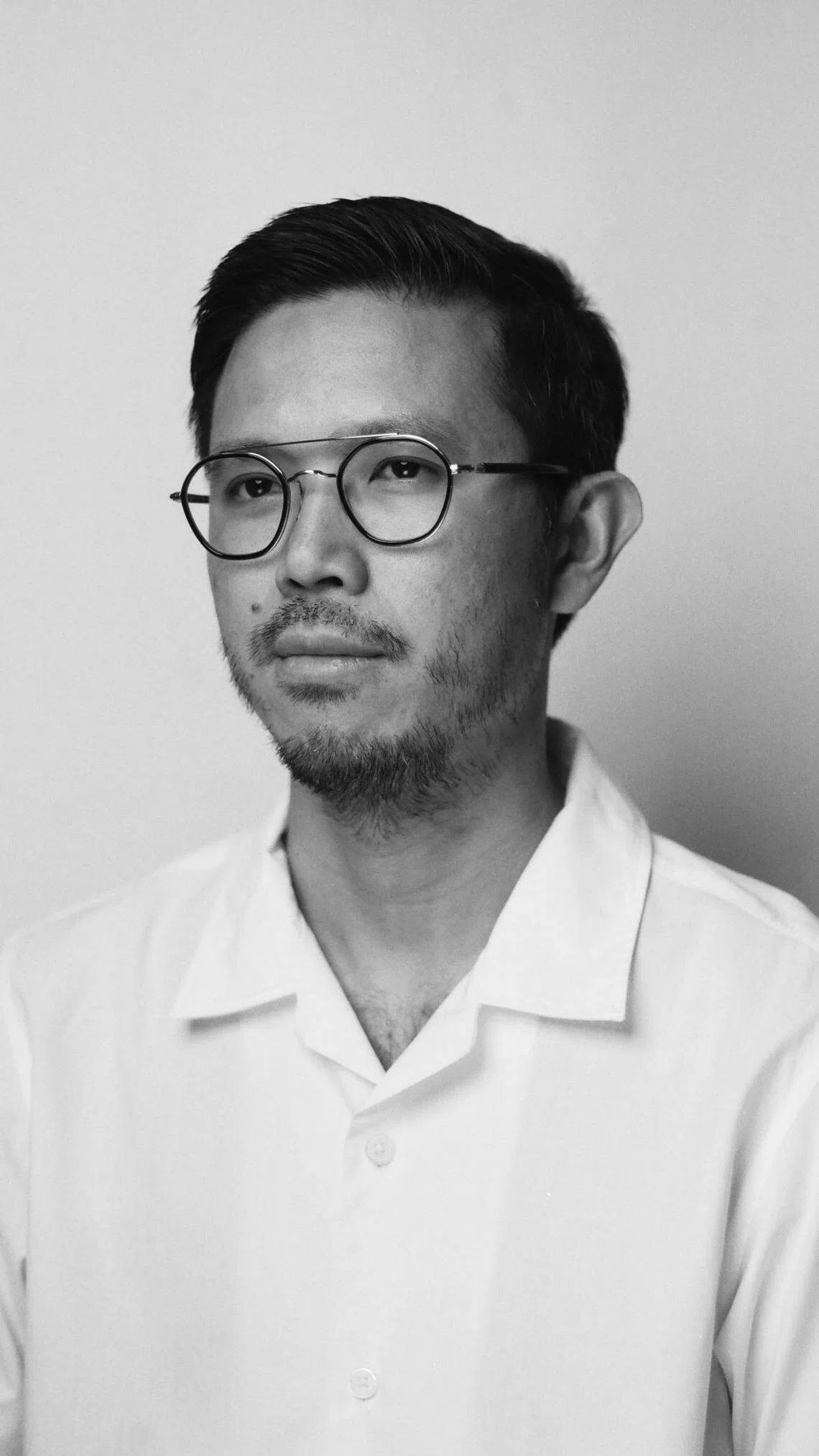
Indonesian-born product designer Alvin Tjitrowirjo has developed a strong reputation for being faithful to his place of origin. His furniture brand AlvinT pays tribute to the humble rattan and reimagines it in fascinating ways.
He says: “The rattan that we use is indigenous to Indonesia. We work with local and traditional weavers to pass down their traditional values and wisdom through long-lasting contemporary objects and products. We utilise traditional processes that cannot be replaced by machines or robots, thus maintaining the human connection to the material.”
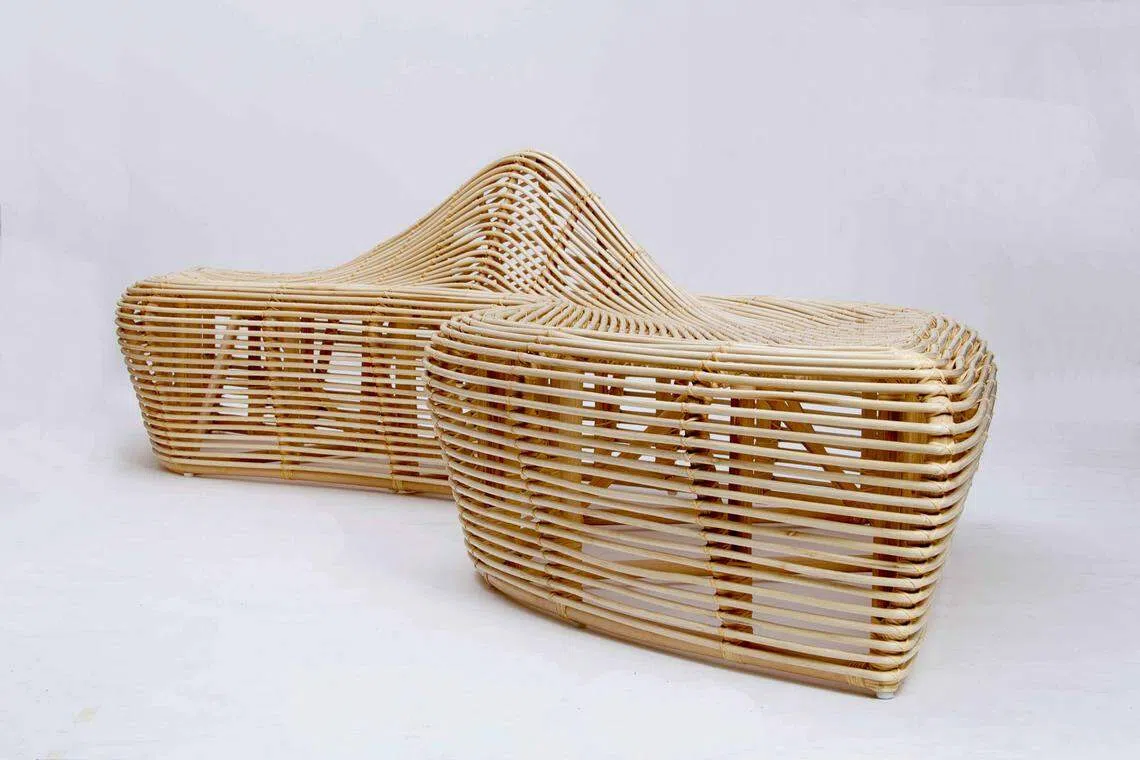
Tjitrowirjo says he and his team are in the process of tracing all its materials, to ensure the transparency of its sustainable sources, as well as to ensure well-being of the local community that it impacts. “We want to promote the values that make us humans. We consider our designs as an attitude to counter today’s culture of ultrafast consumerism.”
Niiil from Singapore
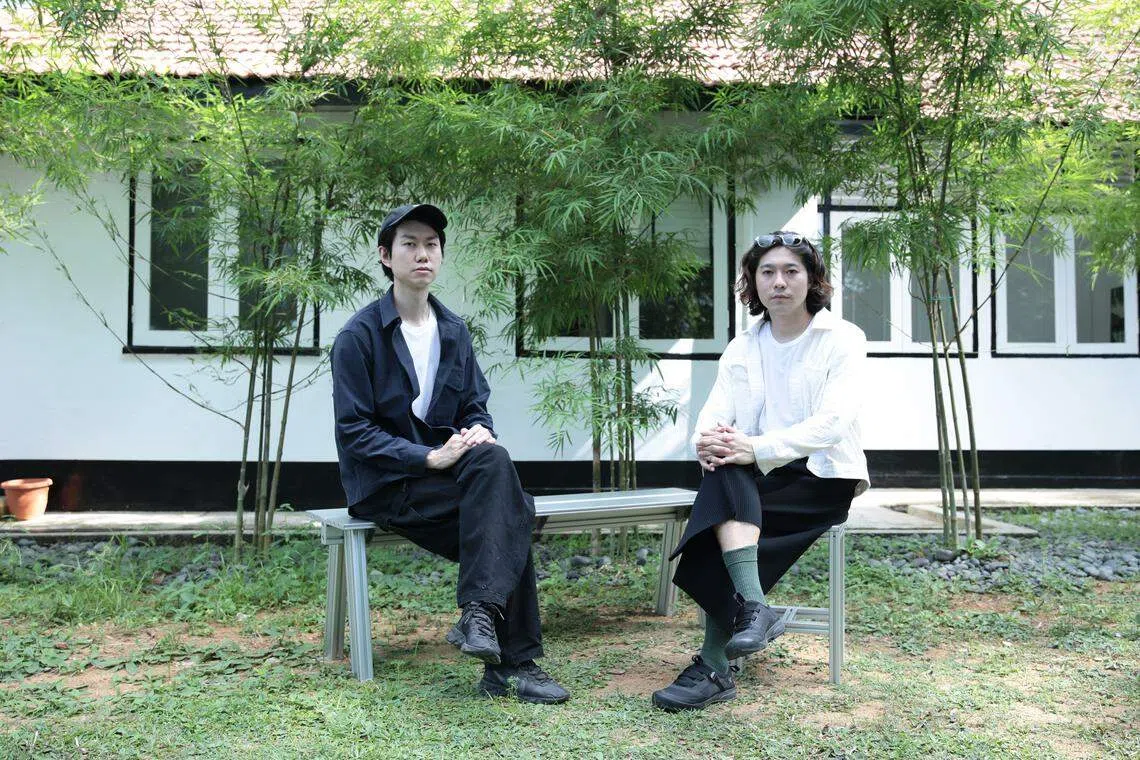
Niiil is made of Luke Heng and Nicholas Lim who are visual artists. Though they have no formal training in product design, that hasn’t stopped them from pushing the envelope with their sleek, minimalist furniture line that debuted in early-2022 to insider raves.
Heng says: “As we were trained in fine art, we tend to explore design through an imaginative state of ‘play’. For our first collection, we worked with aluminium extrusion as it has plenty to offer, from its configuration possibilities to its entire aesthetics. We want to allow the materiality to shape the form, and provide an alternative perspective to aesthetically-driven furniture.”
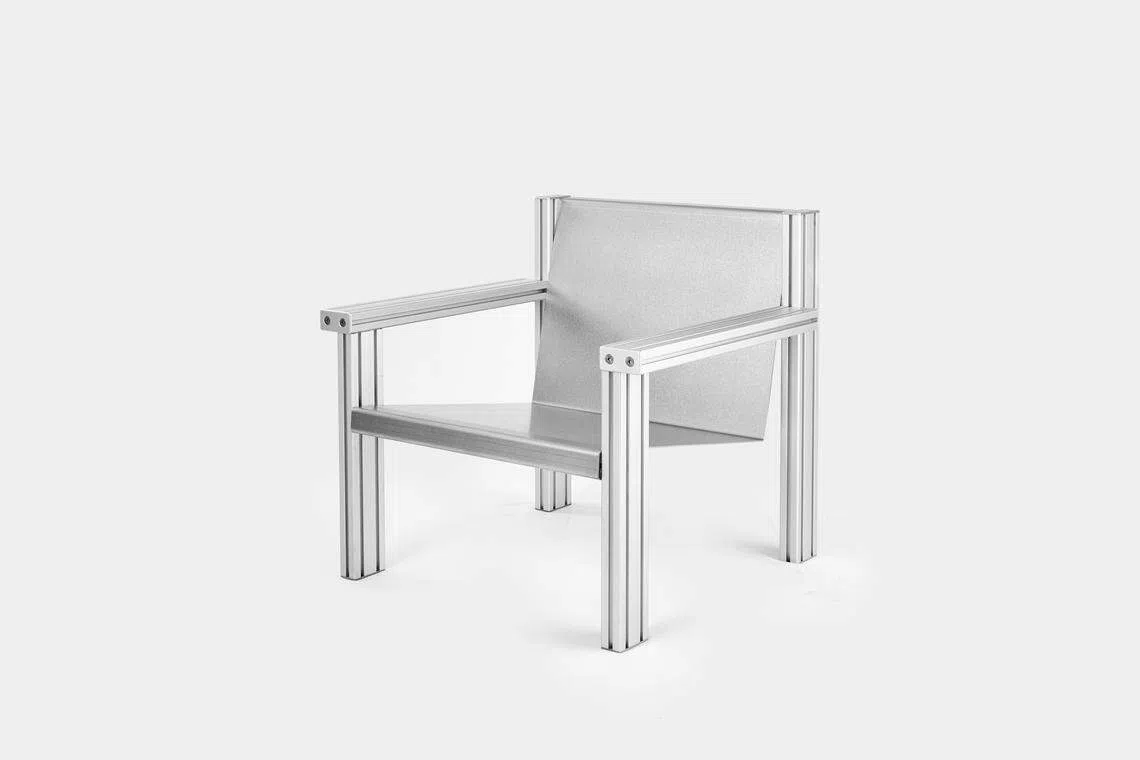
Annetta selected them for the showcase because “they’ve certainly managed to repurpose existing industrial material into something contemporary and unconventional”.
Lilianna Manahan from the Philippines
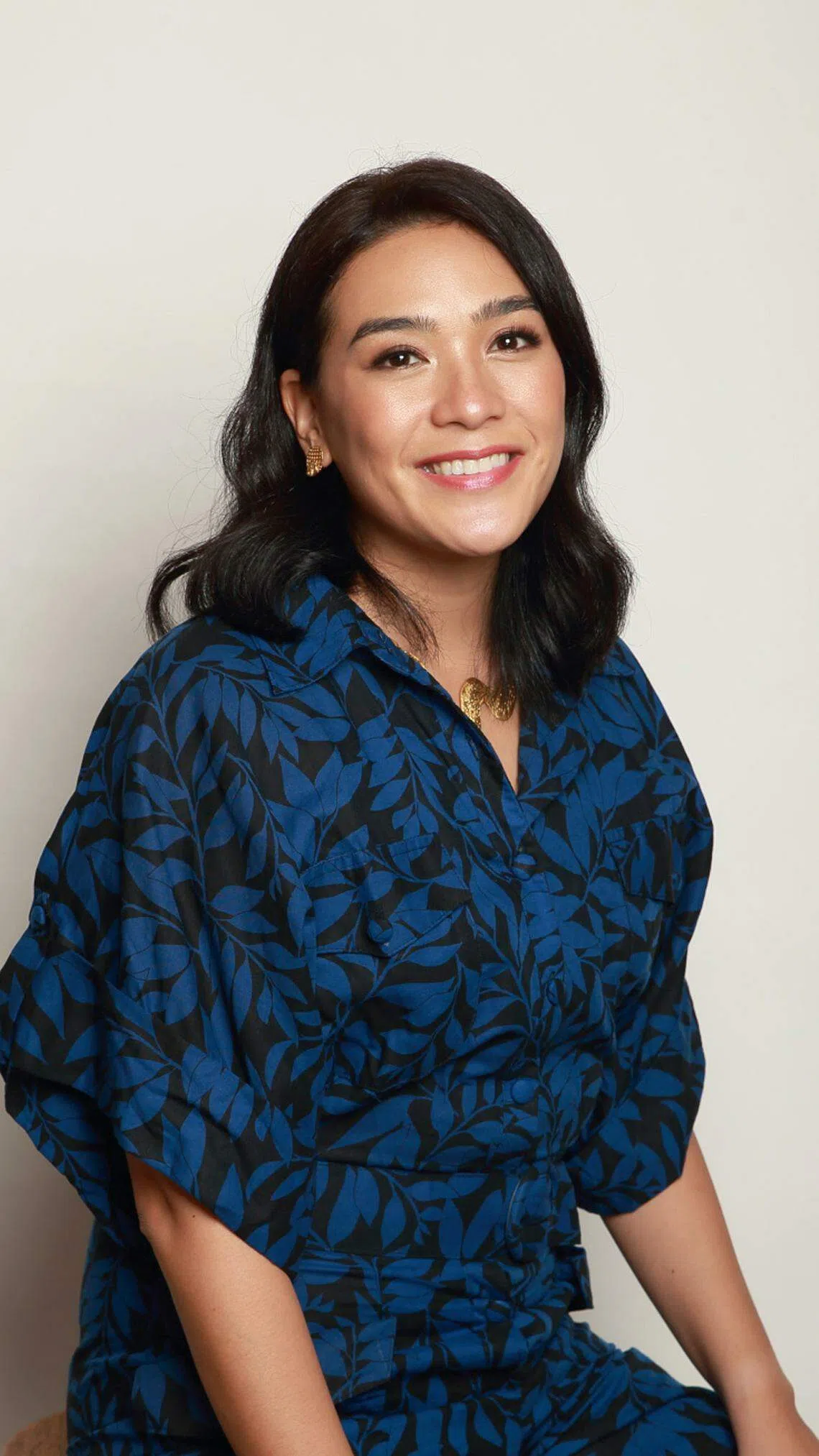
Lilianna Manahan started her own eponymous design practice in 2012. In 2014, she was awarded as one of the 6 Rising Asian Talents at the first Maison et Objets Asia, and shortlisted for the Ateneo Art Awards in 2019. Her work ranges from furniture to jewellery, and pairs everyday whimsy with industrial cool.
She says: “My work always lies in the crosshairs of design and art. I don’t really see the line between the two. I usually work with metal, as this is the material that I have been drawn to throughout the years I’ve been designing.
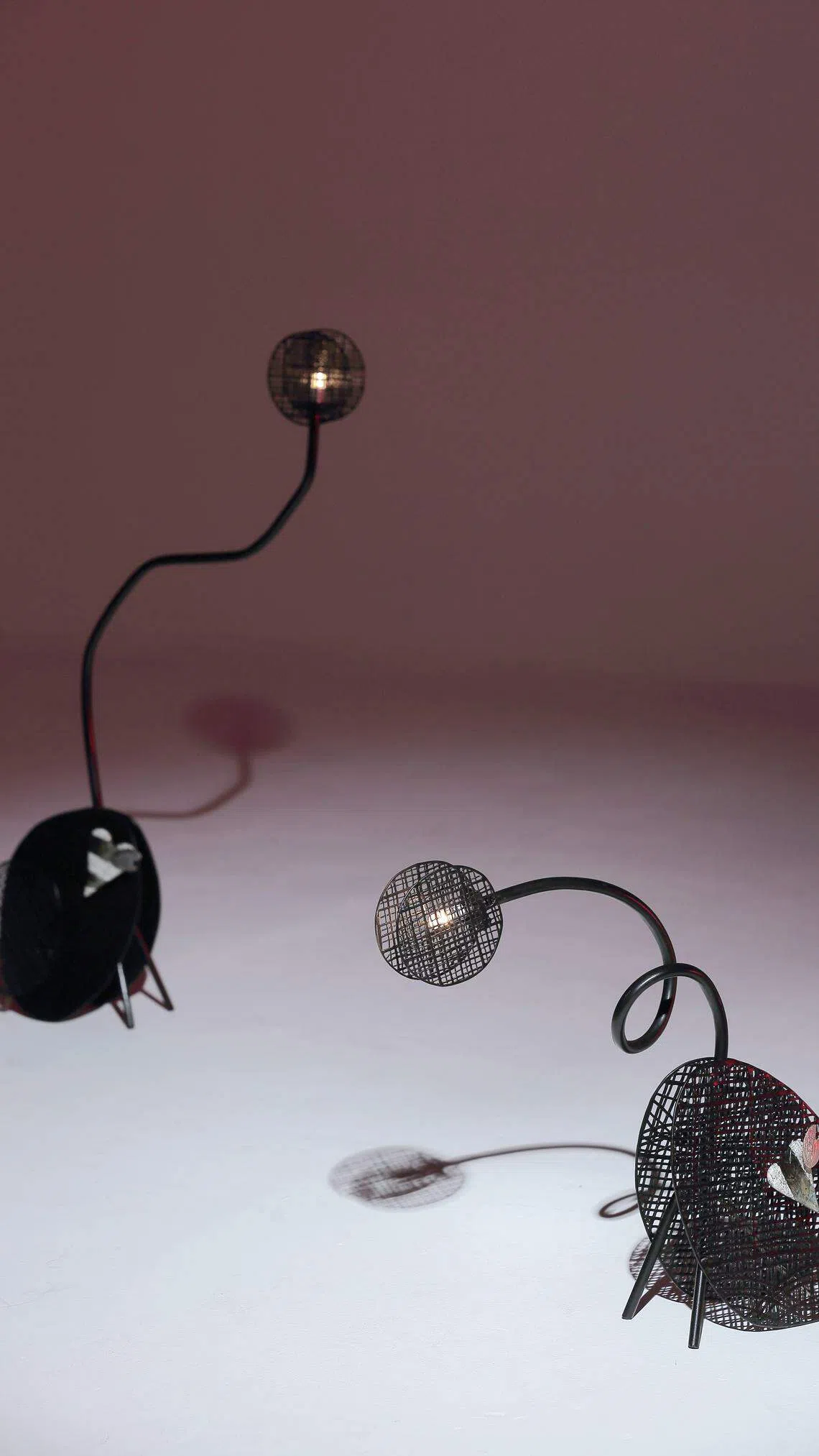
“South-east Asia is a great melting pot of cultures, where some of our aesthetics are shared. We love craft and detail, and we like telling stories through what we make and what we own. I think my work speaks of this melting pot where the work could be universal but the details speak of where I come from and how I grew up.”
Saran Yen Panya from Thailand
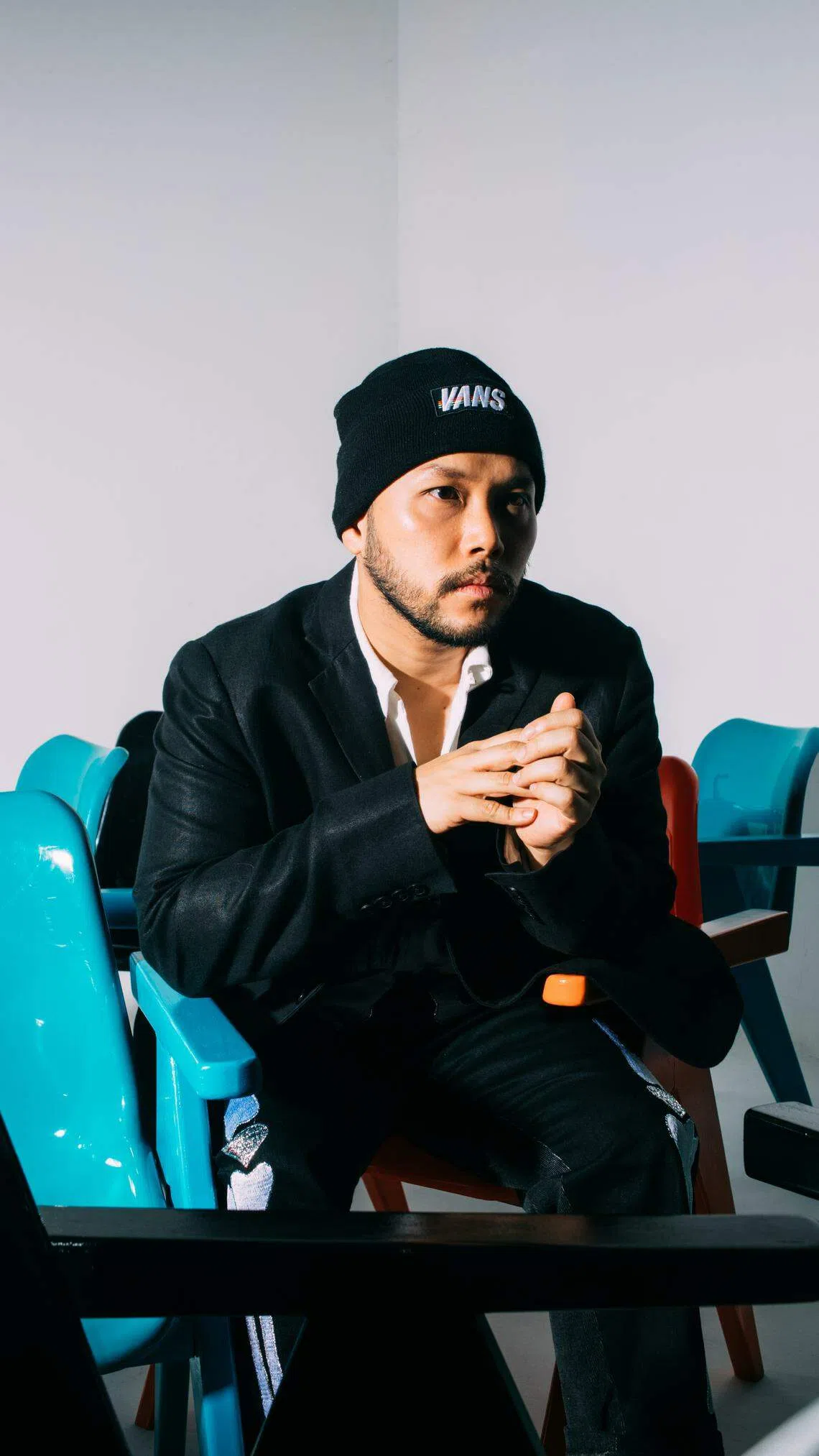
Saran Yen Panya is known for transforming mundane everyday objects into fabulous over-the-top designs. His firm 56th Studio has been at the forefront of Bangkok’s design boom in recent years.
He says: “My design philosophy is to always find the good in the bad. I explore the so-called ‘bad taste’ with an haute couture approach. My material of choice are things that are thrown away, underrated, lame, cheeky and under-appreciated. I then give those materials a luxe twist, which I think is reflective of Bangkok, a city with lots of contradictions and chaos. For instance, Thailand has the biggest gap between the rich and the poor. As a child of working-class parents, I want to express this dichotomy through my work.”
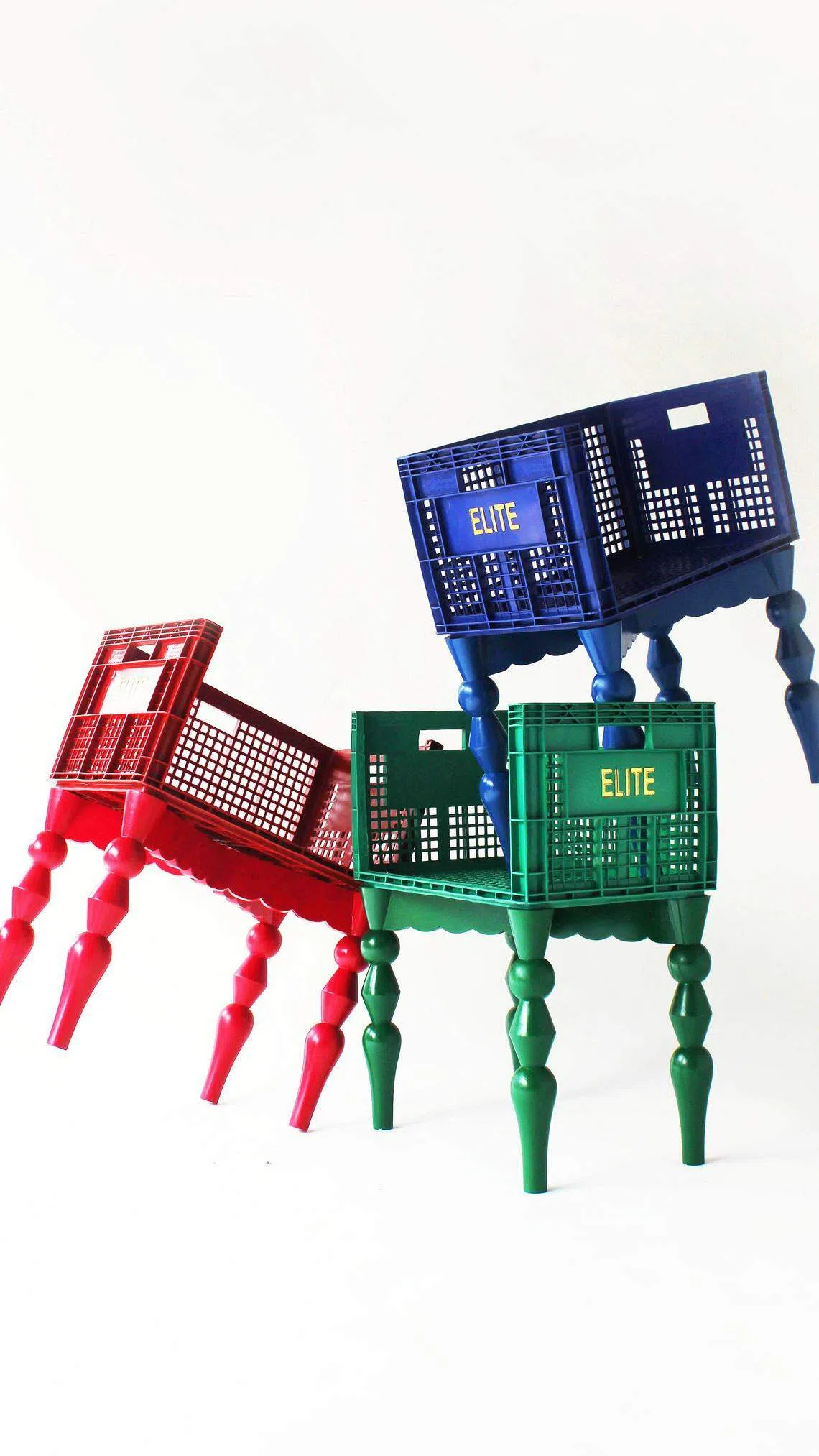
He is bringing his Pablo furniture line to FIND. It is inspired by Pablo Picasso, and made with natural and artisanal materials handwoven by the “grandmas and grandpas” from rural areas and paired with experimental embroidery pieces.
Karyn Lim from Singapore

Karyn Lim is a multi-disciplinary designer who trained in industrial design, with a focus on luxury and craftsmanship. She designs various types of products such as furniture, accessories, packaging and clothing.
She believes in a conscious and collaborative approach. She says: “I find meaning in working with craft communities to create positive social impact. One of my projects, OMO bag, is made of wood upcycled from the renovation of houses in the Nias, Indonesia. Through this project, we reduce the amount of waste while preserving the wood-carving skill that the people of Nias are known for. I also work with a refugee sewing community in Malaysia... to translate their craft into outcomes that are relevant to our present lifestyles.

“Our region is a rich mix of cultures, with many different styles of living. As humans, we have similar basic needs and yet are able to invent infinite approaches to fulfilling them to suit our resources, climate and daily rituals. This exposure to multi-cultures from a young age has taught me to approach design challenges with an open mind.”
FIND - Design Fair Asia debuts at Singapore Design Week 2022 and runs from Sept 22 to 24 at Marina Bay Sands.
Decoding Asia newsletter: your guide to navigating Asia in a new global order. Sign up here to get Decoding Asia newsletter. Delivered to your inbox. Free.
Copyright SPH Media. All rights reserved.



